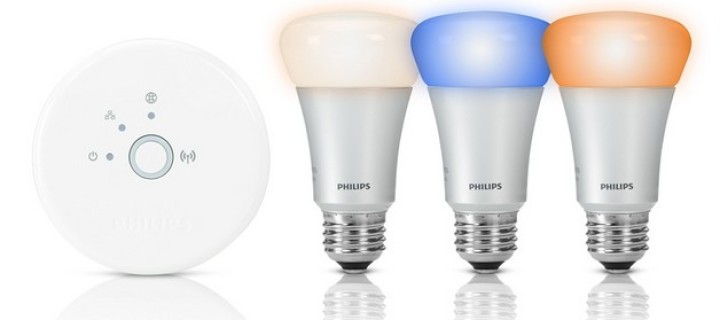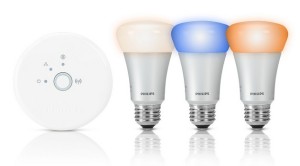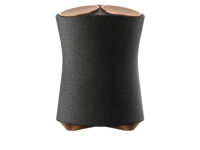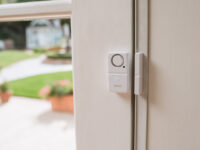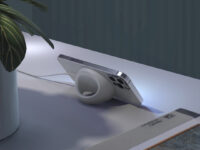Reach more home owners! Advertise with Smart Homes Now!
Reach millions of home owners now! Advertise with us!
Email Us
If you think you’re paying more than you should for your electric bill, you may want to switch to a more efficient lighting solution. Lighting typically makes up almost 20% of your monthly power bill. Imagine how much money you are spending because of less efficient lighting. Considering the Philippines has the 9th highest energy rates on the planet, definitely more than you should be paying.
“Some countries have responded to the rising electricity costs and the looming energy crisis by pushing for more efficient lighting,” says Christine Villanueva, Country Marketing Manager for Philips Philippines. “Lighting in particular is a field that demands innovation because lights are used often, and for prolonged periods of time – a real red flag in terms power consumption.”
With recent developments in the use of light-emitting diodes (LEDs) for everyday lighting, the solution to your energy bill woes could be shining right at you!
Seeing LEDs in a new light
According to Villanueva, 45% of the Philippines’ energy is lost to old and inefficient lighting. While this is a staggeringly high number, ordinary consumers and more so the professional end users can also do their part in curbing the impending power crisis. Making the switch to Philips LED lighting could be that first big but simple step.
Aside from major savings, there are several other advantages to the use of Philips LED lighting. LEDs have a longer lifespan than compact fluorescent (CFL) bulbs and are more environmentally-friendly. But what sets Philips LED apart from unknown brands is the compliance with international standards on safety.
As a solid-state design with no moving parts, Philips LEDs are also particularly robust and can survive regular use in many different types of climate and weather conditions, giving off the same quality of lighting each time you switch it on. Typical CFL bulbs on the other hand are more delicate due to the inherent sensitivity of their components and particularly hot operating temperatures.
With its push for responsible lighting, Philips is currently leading the push towards an environmentally kinder and more energy-efficient Philippines. Solving our own energy crisis may be a bit of a way to go, but the path just gets brighter, one LED at a time.
For more about Philips, log on to www.philips.com.ph

